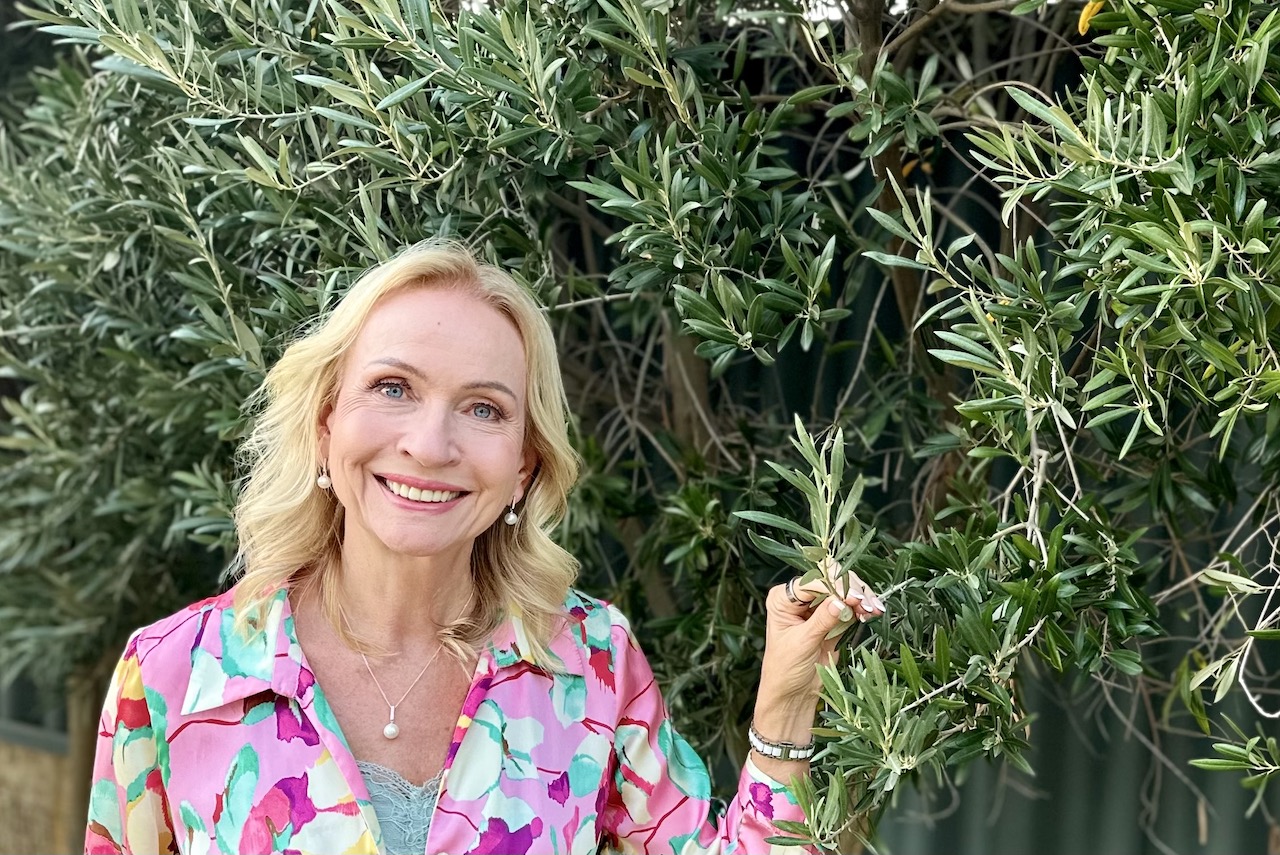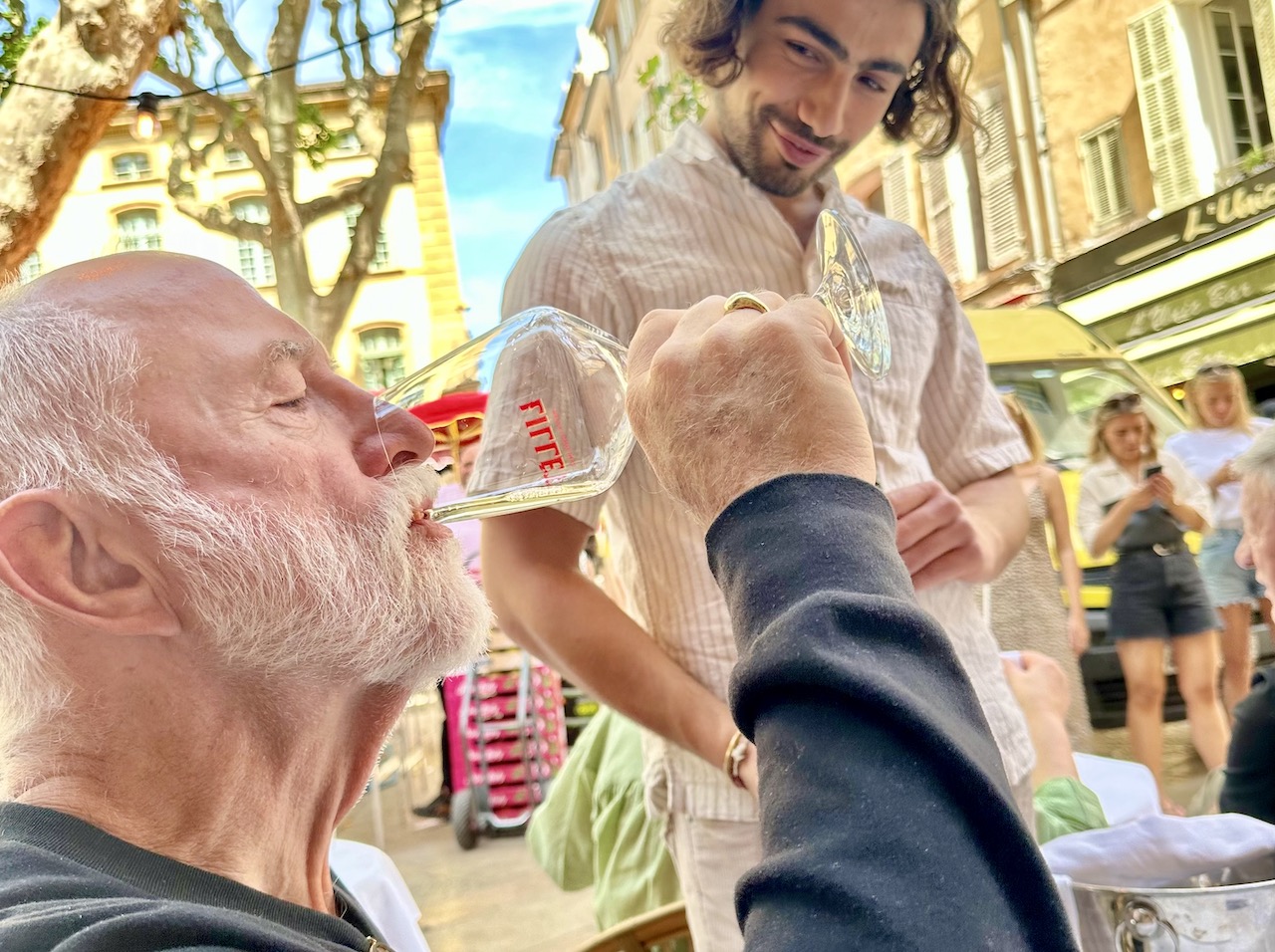Born to forage, with flashback to mussel-picking; curing and brining olives from our own tree; benefits of olives; how to choose the best olive oil; the great olive oil scam
I’m back! Forgive my absence – where have the past six months gone? Actually, I know full well where they’ve gone. I’ve been writing numerous health and beauty articles for my long-time employer Expat Living Publications in Singapore: leaving me no time for this blog, which is one of my favourite things to do.
A-foraging we will go
Something else I enjoy doing is foraging, whenever the opportunity arises. The thrill of picking wild fruit and veggies is just one thing I share with my late dad, Mike Maree. Having grown up on the south coast of KwaZulu-Natal, he taught me to revel in finding wild berries, and obscure fruit like the one we called “martin-gulus” (a corruption of the Zulu word, whatever it is); they grow on a thorny coastal bush with fat leaves that exude a sticky white sap and tastes like nothing else in the world.
He also taught me to harvest mussels from the rocks on Clansthal beach, south of Durban, where we spent a lot of our childhood … so much so that Dale and I scattered Dad’s ashes in the waves there. He loved fishing, too, though there was seldom anything for the pot. 
Harvesting mussels near eMdloti with Jeff – that’s Umhlanga in the background
These June 2019 pics from my other blog, travelswithverneandroy.com, were taken near eMdloti beach, north of Umhlanga. Those moules mariniéres that I harvested with our friend Jeff Fobb were the best molluscs I have ever eaten. (Jeff cleaned them that time; when you have a major haul like this, it’s a tiresome job that takes forever. I know that because he left it to me the next time.)
My mother would sometimes pick imifino (wild spinach) to wilt in the frying pan before making a cheese omelette. After thunderstorms, we’d harvest amakhowe (Zulu for gigantic wild mushrooms) that taught me due reverence for the art of sautéeing anything in lots of butter and fresh garlic.
Foraging is the epitome of eating locally, right? And eating doesn’t get more local than picking something from your own garden. What’s more, you know it’s organic! (No dreaded glyphosate is used in this garden, though our loathsome local council saturates parks and walkways with the toxic herbicide.)
Curing and brining olives
To the row of olive trees in Carl and Carrie’s garden here in Perth, WA. Roy had mentioned that just one of them was bearing this year, but I was as usual not listening, or took no heed (being husband-deaf) – until, on a fine March day, sunning myself at the poolside, I looked up to see that one tree simply laden with black fruit. Each one was perfectly formed, and gorgeously ripe. As my father’s daughter, it behoved me to harvest them immediately, and discover how to make them eatable.

Anyone who’s tried eating a freshly picked olive will know its excruciating bitterness. That comes from a compound called oleopurin, presumably there to discourage birds and other animals from eating the fruit, and which has to be removed by a process known as “curing”.
I found plenty online about curing and brining your own fresh olives. Having distilled the advice of half-a-dozen internet sources, I embarked upon the two-month process that would turn my 200+ fat, uber-bitter fruit into something delicious to nibble with a sundowner.
Steps for curing and brining olives
Here’s what I did:
- Scored each olive twice lengthwise with a sharp knife, put them into the ceramic inner of my crockpot and filled it up with water, using a small plate to keep them submerged.
- Changed the water every day for 14 days (from 10 and up to 20 days is recommended), tasting an olive every few days after the end of the first week to check for bitterness.
- On Day 15, drained the olives and replaced the plain water with brine (salty water); left them in the fridge for the next four weeks while Roy and I were travelling in France. (And eating plenty of olives! Visit travelswithverneandroy.com, or simplyy click here, for more about that trip.)
- Came back to olives that tasted mild, fruity and perfect for pickling. Made up a pickling brine of salt; red wine vinegar and apple cider vinegar; and water, in the ratio 2:5:20 (salt, vinegar and water).
- Sterilised my jars and filled them with olives, added a few black pepper corns, a piece of lemon zest and a sprig or two of fresh rosemary from our hedge, then topped them up with the pickling brine, finishing with a 1cm layer of zingy local olive oil to serve as a seal.
- Put them away to forget about for at least four weeks, if I can wait that long.

How does it feel to have succeeded in pickling my own delicious olives from scratch? Incredibly good! I see Dad waving from the other side, a big smile on his face.
And my other parent? Well, I gratefully credit her with introducing me to olives back in the 1970s when she taught me to make a proper martini. That meant: a good two shots of Gordon’s Gin (all we used back then), a splash of dry white Cinzano vermouth, ice and a couple of green olives. Cheers, Mother!

Benefits of olives
Ever tried ordering ouzo at a Greek bar? If it’s before dinnertime, they’ll probably insist on bringing you a snack – often a bowl of olives – to prevent the strong alcohol from going straight to your head. But that’s not all!
- Olives are nutritional powerhouses, full of heart-healthy monounsaturated fat, plus vitamin E and antioxidants to fight inflammation and ward off atherosclerosis.
- Like olive oil, they contain oleic acid*, an omega-9 fat that’s naturally present in all our cells and thought to increase HDL cholesterol and control blood pressure, boosting immunity and both brain and heart health.
- Being a fruit, olives contain decent amounts of gut-friendly fibre.
- They go with sundowners exceptionally well. So, skip the crisps and pretzels, and crack open a jar of olives!
* Oleic acid is also found in high amounts in avocados; macadamia and many other nuts; cheese and eggs.
The best olive oil – Verne’s Rules
Speaking of olive oil, this is how I buy mine. I’d rather not buy three litres at a time, but that does encourage me to use it liberally, which I think is a good thing. Also, the whole lot cost under A$30 at our local Farmer Jacks supermarket in Currambine, incredibly good value for such a clean, fresh and top-notch product.

For me, the best olive oil should ideally be:
- As local as possible – this one is Western Australian. In South Africa, I would choose the best quality available from the Western Cape, which has a similar Mediterranean climate.
- As fresh as I can get it; this one was produced in February 2023, with a “best before” date late in 2025. I decant it into a 500ml glass bottle and keep it in a dark cupboard.
- Protected from light oxidation by being packaged in a tin, or at least in a dark glass bottle.
Buyer beware: The Great Olive-oil Scam!
A few years ago, it was scandalously revealed that up two-thirds of the olive oil sold around the world as “extra virgin” is total crap, having been blended with other cheap and nasty vegetable oils such as peanut, soybean and (ugh) rapeseed/canola, and then doctored, blended and deodorised.
At the same time (but to me less worrying), thanks to the Agromafia, most of what’s sold as quality Italian olive oil is in fact lower-grade stuff imported from places like Greece, Spain and Tunisia. (Major brand Bertoli was fingered, among others.)
So, I would never buy light or extra-light olive oil, which probably started off as sub-standard, even rotten fruit, and only lost its pungency through extensive processing and other bastardisation that stripped it of flavenoids and polyphenols to remove the stink and rancidity. (Go on, Verne, tell us how you really feel.)
On the very rare occasion when olive oil, coconut oil, butter, ghee, duck-fat or lard won’t do, I have a bottle of Australian macadamia oil, which is light enough in flavour not to overwhelm even the most delicate dish.
Well, this started off as a short, little post and just grew (like Topsy) into a bit of an Olive Odyssey. If you find it interesting, you may also enjoy my post #24 Hey, Honey – Local is Lekker! – all about the joys and benefits of local honey.










I never comment, but I really really enjoy reading these.
Thanks for making an exception in this case, Julia! Verne xx